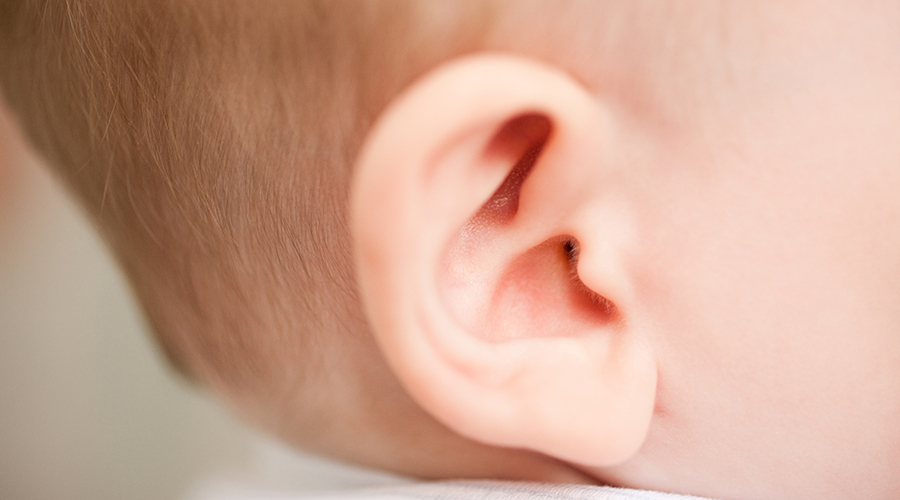Want to know how to keep your ears clean? Here’s a hint—you don’t need to buy any more cotton swabs. We talked to UNC Health audiologist Patricia Johnson, AuD, about cleaning your ears. Here’s what you should know.
1. Ears usually clean themselves.
Your ears usually do a good job cleaning themselves and don’t need any extra care.
“The ear actually has its own self-cleaning system. We have this misunderstanding that wax is a hygiene problem, but earwax is magical,” Dr. Johnson says. “Earwax is secreted from glands in the skin, lubricates the ear, and like a conveyor belt, the wax captures dirt and bacteria from the entrance of your ear canal and slides out on its own.”
Earwax, technically called cerumen, is only a problem if it affects your hearing or water gets trapped behind the wax, Dr. Johnson says. “For most of the population, I’d rather you just leave your ears alone to clean themselves.”
2. Cotton swabs cause more harm than good.
If you feel like you have excessive earwax buildup, don’t use a cotton swab to get it out. It isn’t an effective wax extractor, Dr. Johnson says.
“You may actually be pushing and packing the wax in deeper,” Dr. Johnson says. “Our ears have many twists and turns, and once the wax gets pushed in to a certain depth, that conveyor belt no longer works.”
Once the wax gets to the inner part of your ear, it gets stuck and will sit there.
“Usually, my patients with the worst wax problems are the ones who have been overaggressively using cotton swabs because they’re actually pushing the wax in and then you have to have a professional—a physician or an audiologist—take the wax out using tools, water or suction, and it can be unpleasant,” Dr. Johnson says.
3. See a professional if earwax or water is affecting your hearing.
If you’re having trouble hearing or water is trapped in your ear, see a doctor or audiologist.
“Depending on the firmness and depth of the wax, the healthcare professionals will use different tools to get the wax out,” Dr. Johnson says. “Sometimes we use water, and sometimes we use special scoops to pull the wax out. It’s all done under lighted microscope.”
Also tell your primary care physician if you are prone to getting swimmer’s ear, a painful infection of the outer ear. Your doctor or audiologist can clear out the wax to prevent recurrence.
4. Do not use over-the-counter earwax removal gadgets.
There are many products and tools on the market for earwax removal. Dr. Johnson says to avoid using these.
“They’re all either useless or dangerous,” Dr. Johnson says. “We take earwax removal very seriously, so we certainly don’t want you doing it at home. Once it (the tool) gets down in your ear, it’s near the eardrum. It can cause bleeding, and you can cause the eardrum to rupture.”
Beware of ear candling or ear coning, which is the practice of placing a lit, cone-shaped candle into the ear. The heat from the candle is supposed to pull out your earwax.
“It doesn’t do anything. It’s a complete snake oil product. You are much more likely to set your hair on fire,” Dr. Johnson says.
If you are looking for a safe earwax product, Debrox is an over-the-counter eardrop that helps soften the wax using hydrogen peroxide. Once the wax is softened and loose, it will come out on its own or with a flush of water.
5. Use a tissue to clean the outside of your ear.
If the sight of earwax bothers you, put a dry tissue or cloth on your finger and dab the outer edge of the ear after you get out of the shower.
“We’re just trying to collect that last bit of wax on its way out, and since that’s on the edge, it’s already probably going to fall out in your sleep anyway,” Dr. Johnson says. “But we can go ahead and grab that last little smear of wax. In that way, the outer appearance of our ears stays clean.”
If you have trouble hearing or have water trapped in your ear, talk to your primary care doctor or local audiologist. Other signs of wax buildup are itchy ears and muffled hearing. If you do not have a doctor, find one near you.
